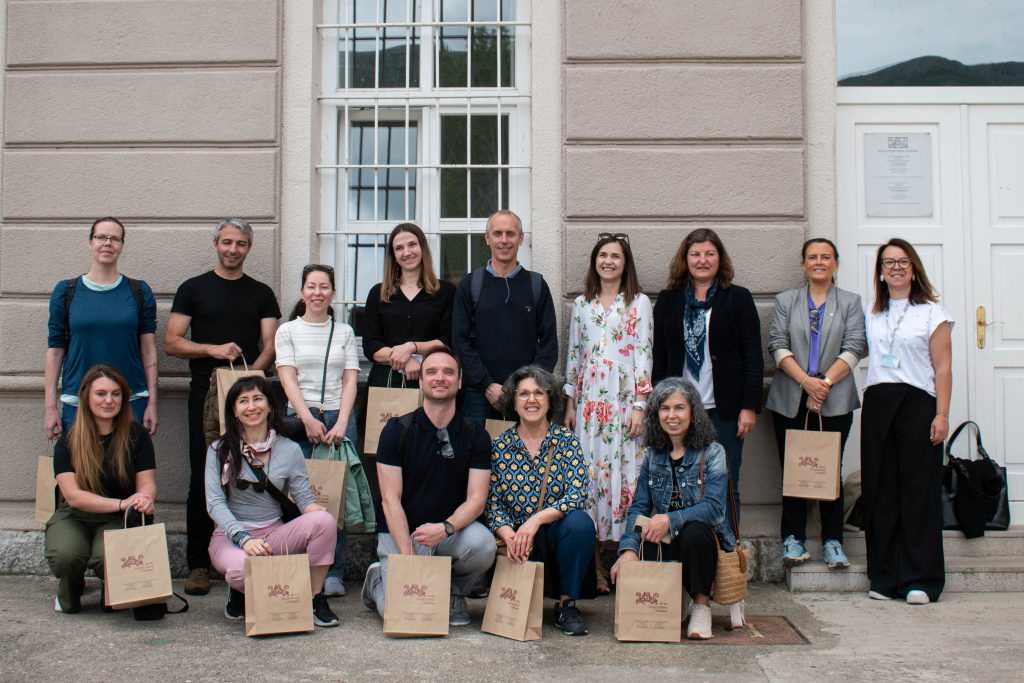Published on 23 Apr 2024
Cross-border partnerships can be a win-win situation for all parties involved. Entrepreneurs, government bodies, cultural associations, and even tourists themselves can benefit from joint and coordinated tourism initiatives, which not only make the experience unique but also bring lasting positive impacts to the area.
A clear example of this successful collaboration emerged in Umgebindeland, where actions promoted within the framework of TExTOUR have demonstrated the potential of such partnerships in shaping the future of cross-border tourism.
TExTOUR is a project co-creating sustainable cultural tourism development strategies.
Umgebindeland, one of the project’s pilot sites, is a border region with special characteristics and challenges. Three countries meet in Umgebindeland: Poland, the Czech Republic and Germany. As an organisation working in this territory, the Arbeitsgemeinschaft Deutsche Fachwerkstädte was primarily interested in carrying out a project that was close to the people and strengthened the cohesion of the tri-national region. The actions aimed to help citizens better identify with the region.
The fil rouge that connects different populations, languages and lifestyles is represented by the Umgebindehouses. They are the architectural heritage of a shared history and are at the heart of innovative cultural tourism initiatives developed within the TExTOUR project.
Border regions are usually characterised by the fact that people travel daily from one country to the other for work and leisure. Road signs, currency information and sales offered in border towns are often multilingual. This also makes it easier to deal with tourists. The actions carried out have demonstrated the possibility of overcoming linguistic barriers and political differences even beyond national borders. The project represents a starting point for the future development of the region.
Read more: Infopack border region tourism development



